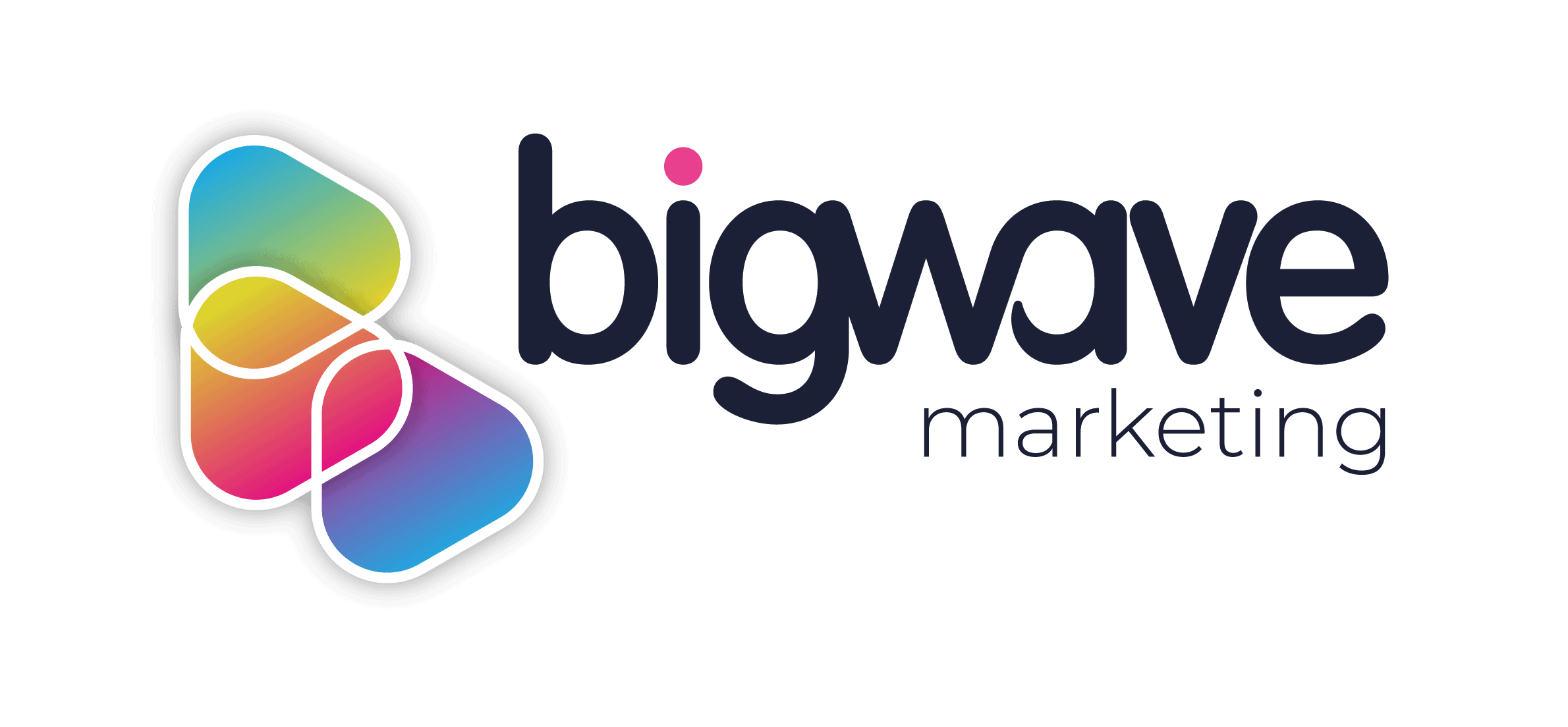‘Engagement’ is a term that involves the interactivity of an online user and content to produce measurable analytics, for example, likes, comments, and shares on social media. Every time someone interacts with your account, social media engagement is growing. All pieces of engagement and activity are important for a business on all social media platforms so that it can build positive brand experiences and create meaningful relationships with both new and potential customers.
Tips to Boost Social Media Engagement
1. Understanding Your Platform
Every social media platform has its own engagement metrics which you can view on your analytics. These dashboards show your engagement metrics such as likes, shares, comments, impressions, and much more. By reading and analysing your data on different social media platforms, you will be able to find out what has been successful through your current campaign and what you can improve for future campaigns. In addition to this, you can find out what platforms are the best for your business through the right research.
2. Knowing Your Audience
One of the key elements to being able to improve your social media engagement is understanding your target audience for your service or product. If you have a B2B business, LinkedIn could be the best option since its focus is professional networking. On the other hand, if your business is B2C and has a specific target audience, you might consider Instagram and Facebook.
It’s important to always keep this in mind since you will always be creating content for your audience, so it’s always best to consider what type of content you’re creating as well as the optimum times to post on social media platforms.
3. Create Goals
By setting clear goals in terms of your business’s engagement you will be able to determine what and where you want to focus your efforts. As an example, if you know that your content could be improved, you should focus on coming up with ideas to make it more interesting and eye-catching in terms of design and content. In addition to this, whatever or wherever you have focused your efforts, you should consider analysing your engagement before and after you have started your improvements so that you can monitor whether it has been successful or not.
4. Create High Quality and Shareable Content
Creating high-quality and shareable content will improve your social media engagement. Social media users like to share posts that they find valuable and enjoy, so creating eye-catching content that provides some sense of value will prompt your audience to share your page. It’s worth noting that you don’t always have to execute this through static posts, but through stories and video too. Consider adding polls, animated gifs, a question box, or even custom stickers to improve your page’s creativity.
5. Post Consistently
They say the ideal number of times to post per day is 1 to 3, so it’s vital to ensure you have fresh content. In addition to this, it’s important to analyse what time is best to post on each social media platform that you’re using, since you want to ensure your posts are receiving the maximum audience exposure.
To make your life easier, you can schedule posts either on the social media platform itself or with a scheduling tool like Hootsuite. Scheduling your content can save a lot of time for you and your business, so consider setting a specific amount of time each day or week to ensure you schedule your content.
6. Stay Relevant
It’s important to keep track of what is going on in the world. If it’s relevant to your business and audience, then you could consider creating your own content in response to a specific topic. In addition to this, if another business that offers a similar service or product has started a topical conversation then you could also comment on their posts or even share them including your own statement or question.
7. Attention Through Conversations
It’s just as important to create or respond to conversations so that your platforms are not just active and up to date, but also so that you build relationships with your current audience and target audience.
Businesses should practice both reactive engagement and proactive engagement. Reactive engagement involves answering direct messages, mentions, or comments, whereas proactive engagement means that you’re the one starting the conversation. Proactive engagement can be harder to initiate, but it’s about thinking outside the box about how and what you can start your conversations around.
8. Show Your Human Sign
Sometimes it’s worth taking a step back and analysing what is happening on your social media platforms before you schedule a post or respond to direct messages and comments. You always need to consider that there’s a real person on the other end of the conversation, so it’s often encouraged to add your own personal touch. You could do this by signing off at the end of a conversation across direct messages, telling the person who they’re talking to, or even by including a name within a post to show involvement throughout your business. Subsequently, this can also improve your own and the business’s credibility.
Social media engagement can always be improved since there isn’t a maximum engagement level that anyone can reach. Ensuring that your audience is engaged will result in even more people seeing and hopefully engaging with your posts so that then your social media goals will become more achievable. From creating strong social media engagement to creating meaningful connections with current and future customers, everything that you do to improve your business online will benefit it offline too.
To find out more about social media marketing and management, contact us today.

